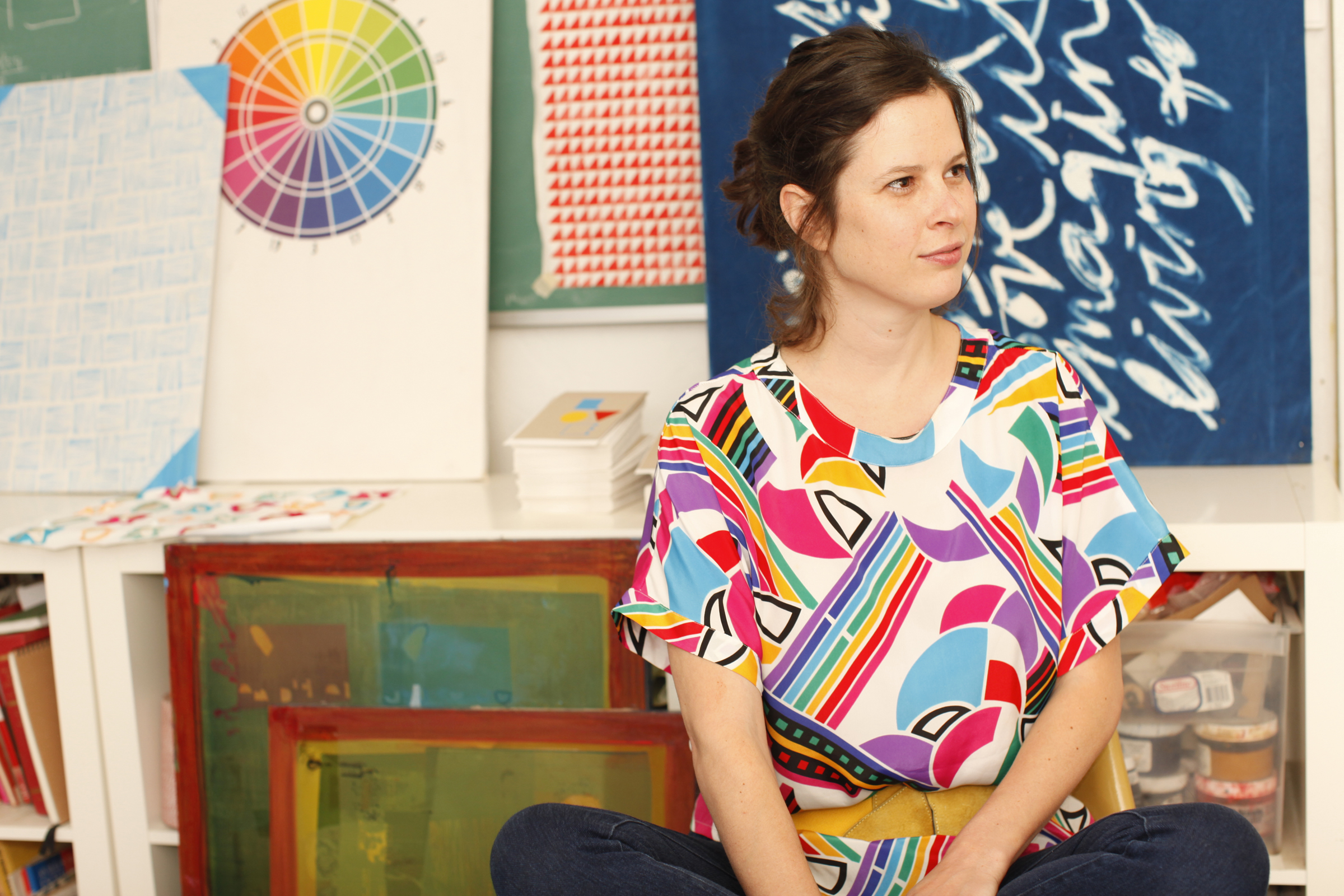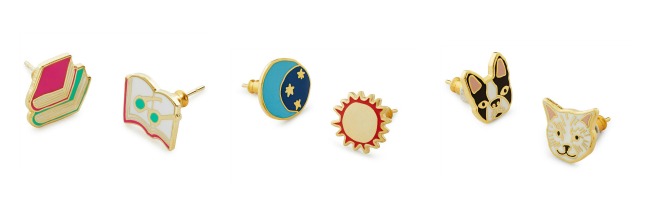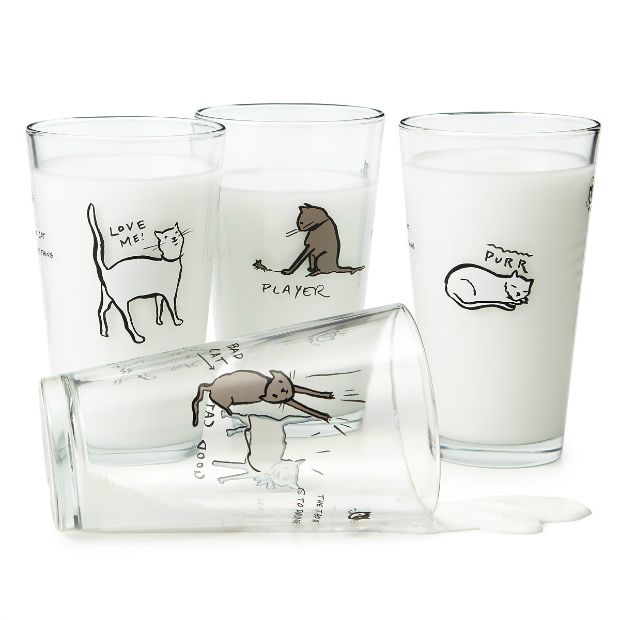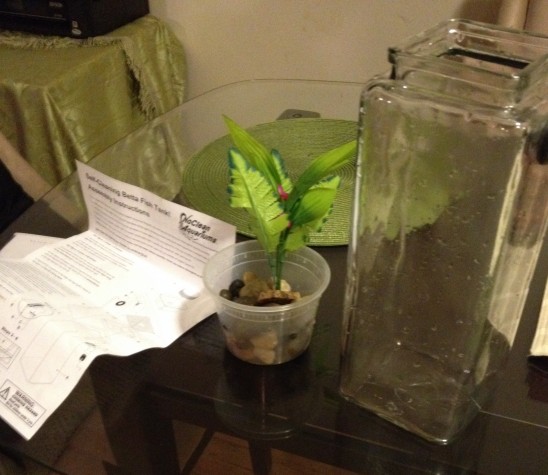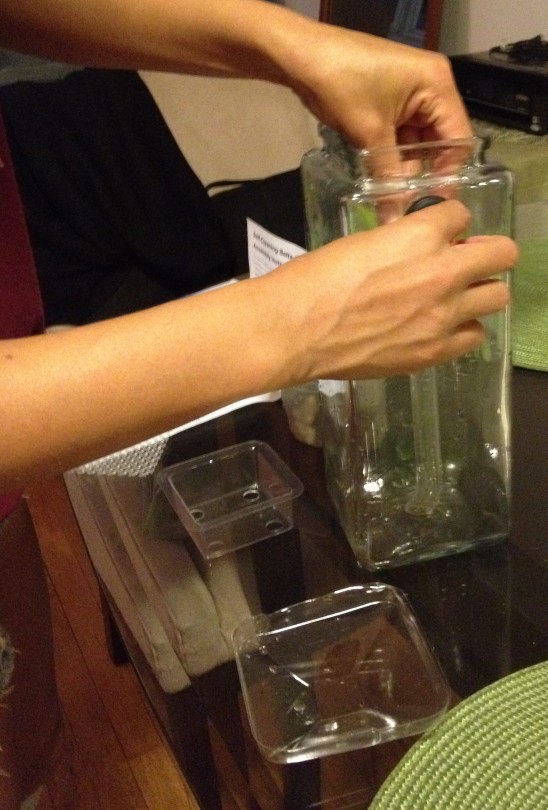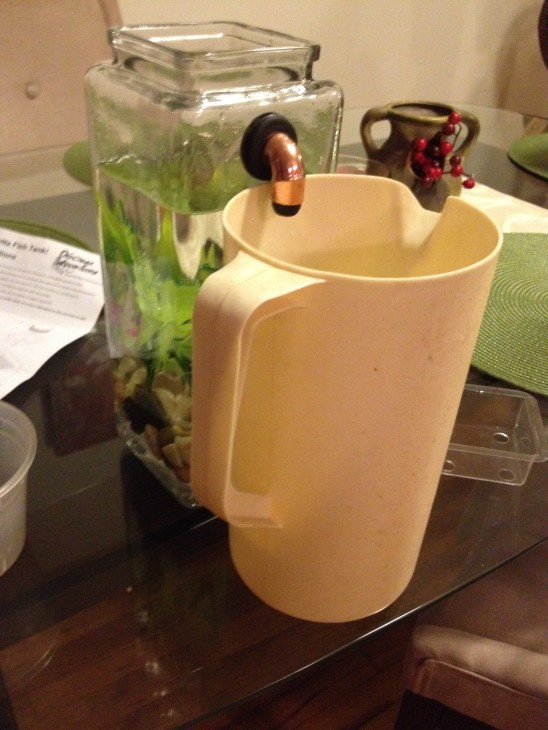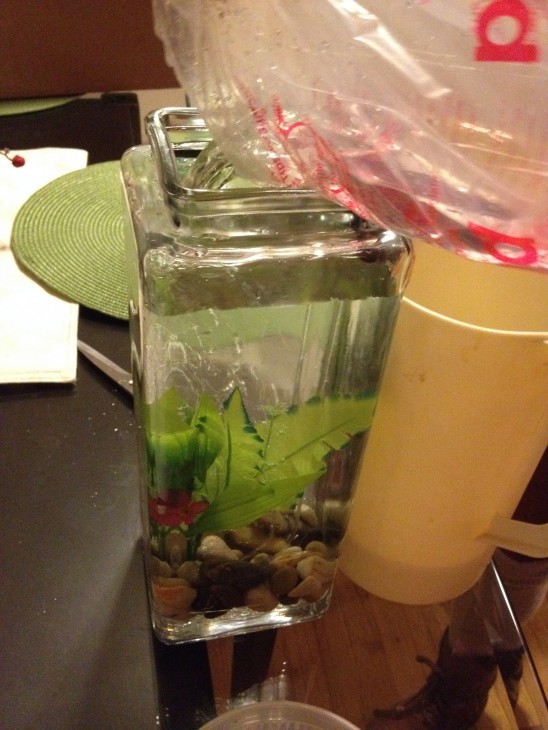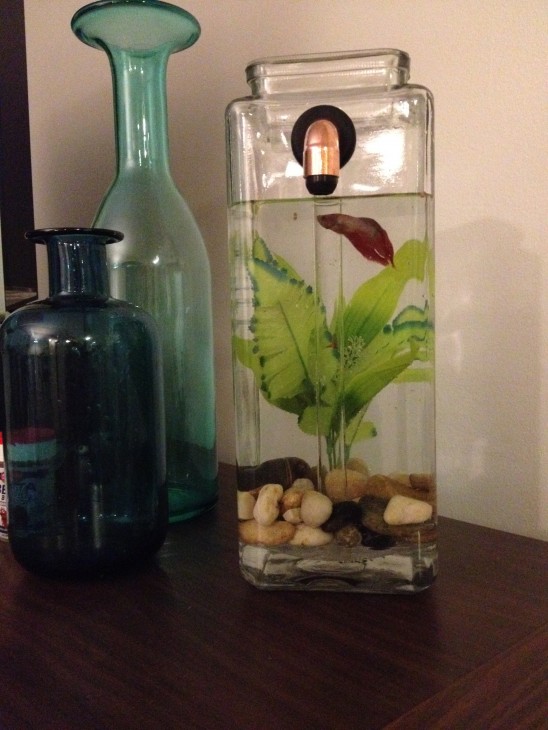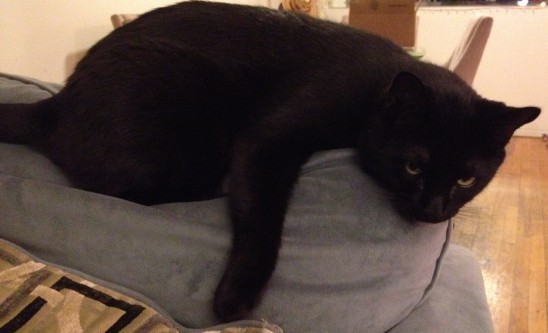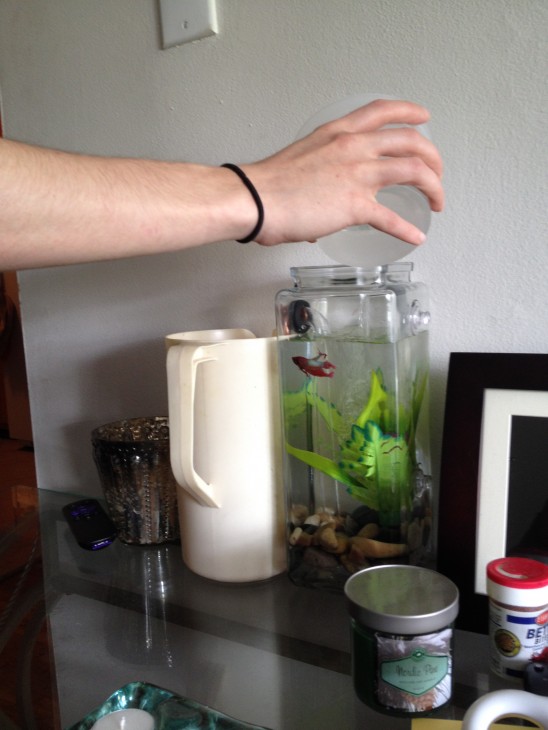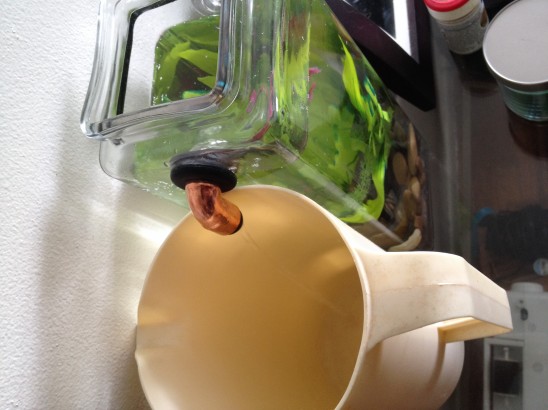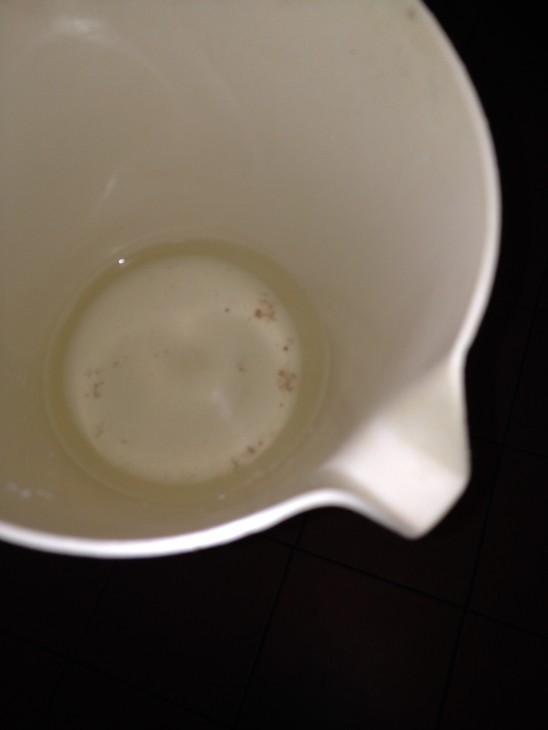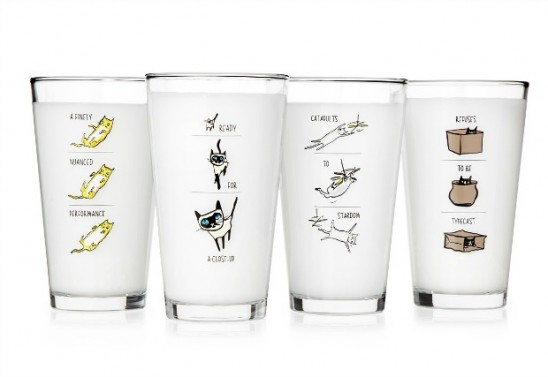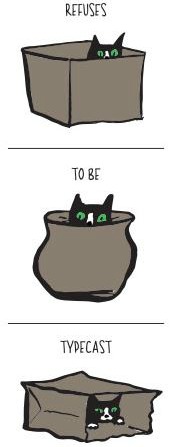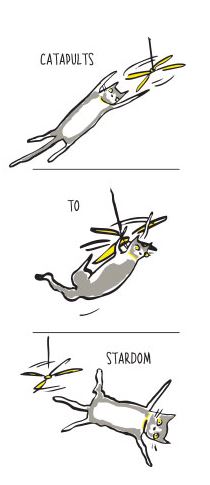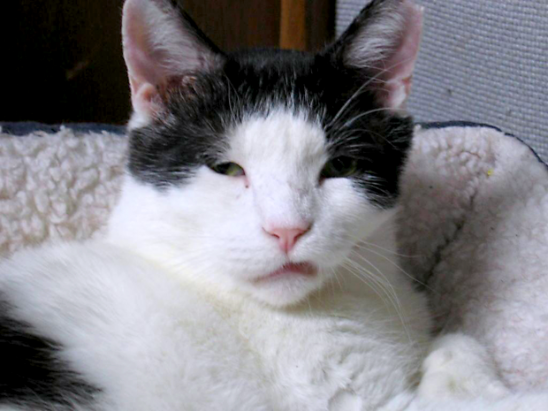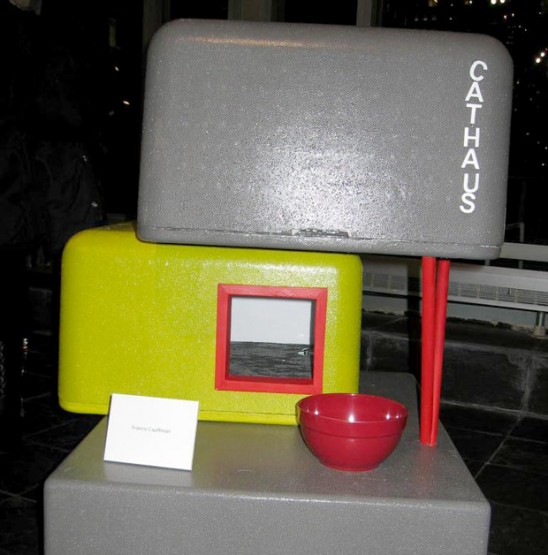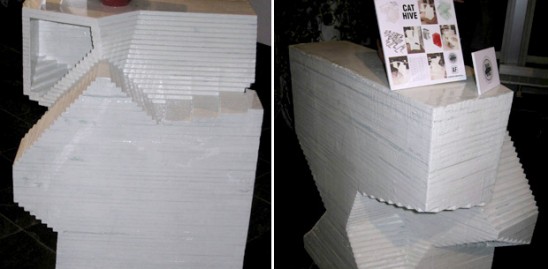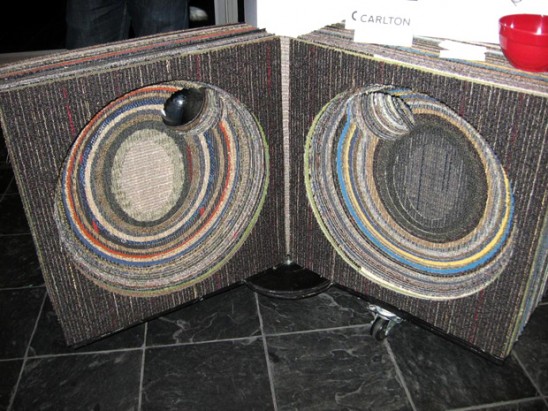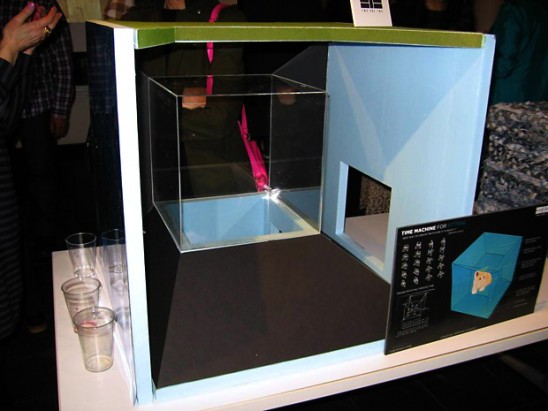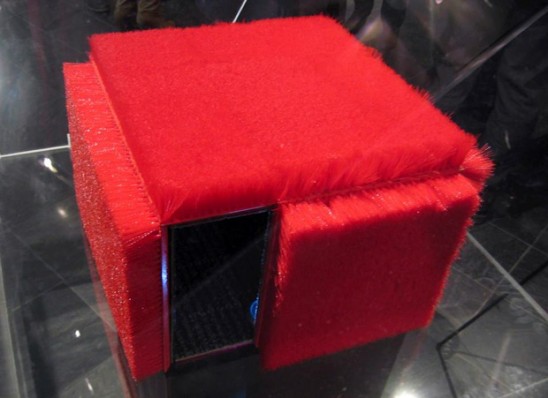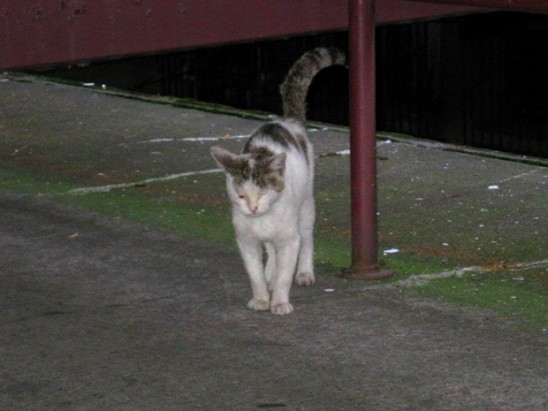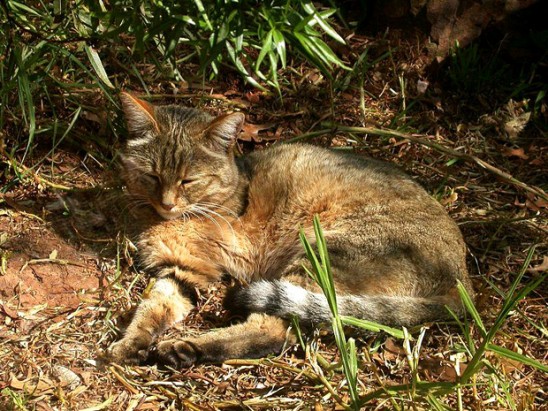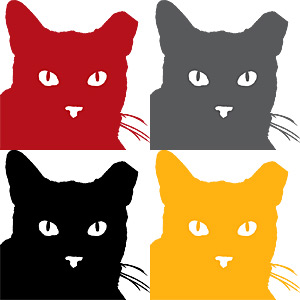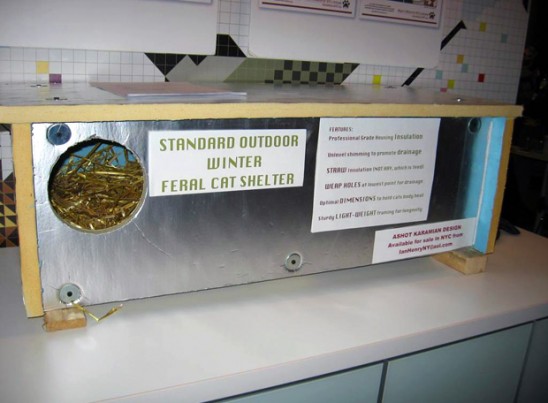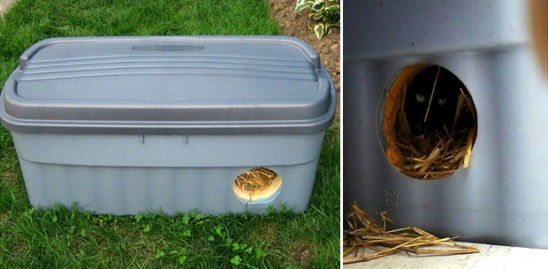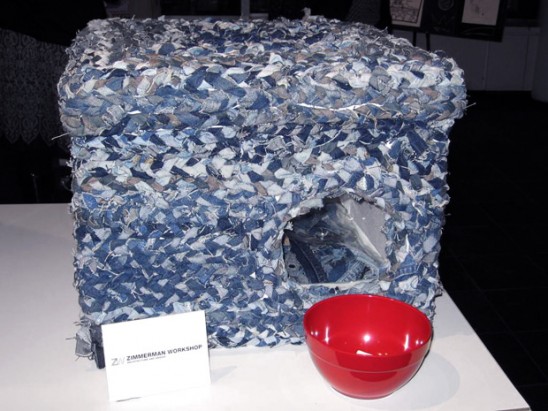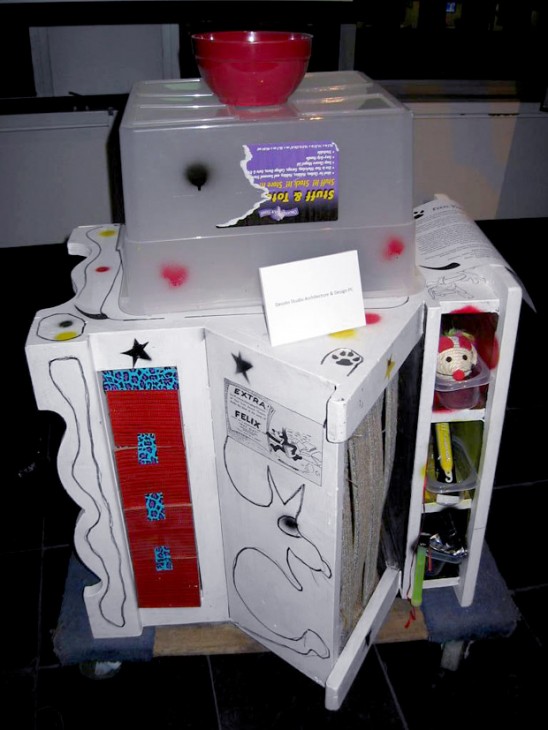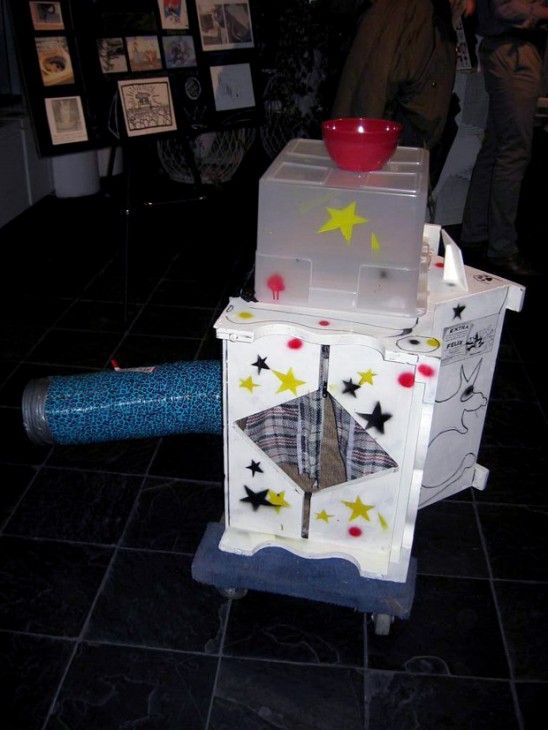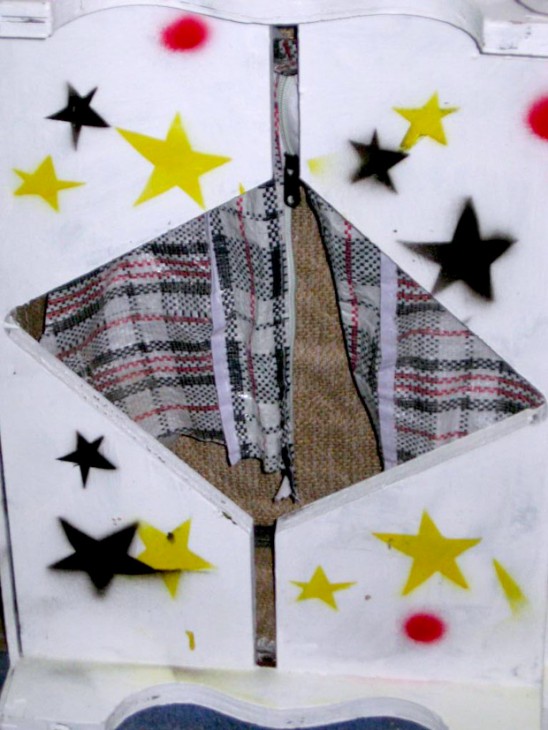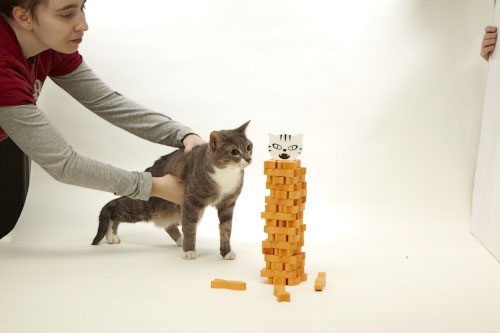
Jackie, our very own PR pro, is back—and this time, she’s got pet bowls on the brain.
Product
Research
About a year ago, I adopted a wonderful rescue cat from the Bronx named Orange Ivy Carter. Her name is inspired by Beyoncé’s daughter, Blue Ivy, but I modified it slightly since my Ivy is orange.
Editor’s Note: It’s worth mentioning that Ivy is something of a local celebrity here at UncommonGoods, where she frequently features in our #uncommonpets Slack channel. After all, who can resist those little paws?

So regal.
Although Ivy is perfect in every way (besides her habit of biting everything that moves and eating laptop chargers), she is a very, very messy eater. Her preferred method includes using her paws to fling food out of her bowl and eat it off wherever it lands, be it the floor or walls. The area around her bowls was a complete disaster, and her paper bag place mat had to be replaced every three days since it got so soggy. When I saw the Silicone Suction Pet Set had been added to our assortment, I knew I had to give it a try.

